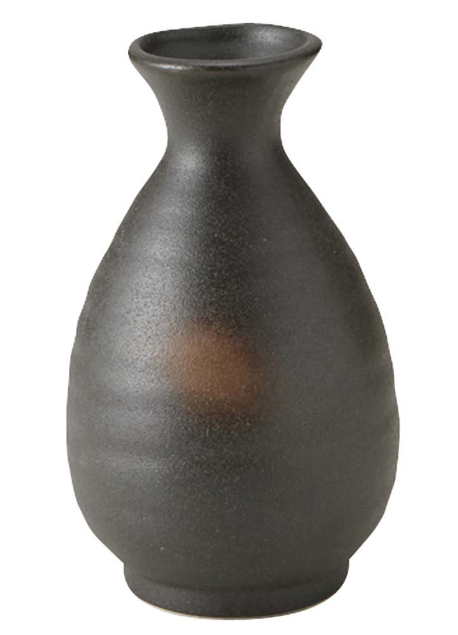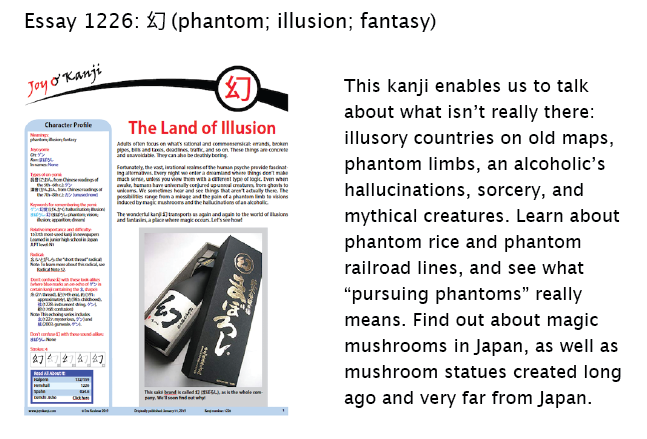Decoding Romaji and Drinking Straight from the Bottle
I'm continuing to enjoy The Penguin Book of Japanese Short Stories, the anthology that Jay Rubin expertly edited. After reading each story, I return to Haruki Murakami's insightful introduction so I can understand just what the author meant to convey, because I often feel that I've missed the point. As I mentioned when I first blogged about this book, Murakami presents the Japanese title of each story in romaji, and there, too, I'm usually in the dark.
Such was the case with the title of Yuko Tsushima's memorable story “Flames,” which Murakami called Honо̄. Typing ほのう into Breen, I found no matches. That's because honо̄ actually corresponds to ほのお. Ugh, how I hate romaji sometimes!
Anyway, here's the kanji affiliated with ほのお:
炎 (ほのお: (1) flame; blaze; (2) flames (of intense emotion (e.g., love, jealousy, anger)); passion)
Oh, how beautiful that is, two flames atop each other, flaring all the more intensely for the duplication. I've certainly seen this kanji many times, defining it primarily as "flame; inflammation" on its Character Home Page. But the second definition in Breen strikes me as downright poetic, especially now that I've read a compelling story with that title.
There's suddenly so much more meaning to wring out of that title than there was with just Honо̄ at hand!
Today I finished a story with another opaque romaji title, Nise no enishi: shūi, translated as "A Bond for Two Lifetimes: Gleanings." I consulted Breen and came up with these words:
二世 (にせ: two existences)
縁 (えにし: (1) fate; destiny (esp. as a mysterious force that binds two people together); (2) relationship (e.g., between two people); bond; link; connection)
拾遺 (しゅうい: gleaning)
You can also read 縁 as えん (that's the primary yomi), えに, or just え.
Whew, this language is tough. I feel it'll take me at least two existences to get the hang of it!
Well, a swig of alcohol softens most traumas, even language-related traumas! Here's the way to get that drink into you most directly:
喇叭飲み (らっぱのみ: drinking straight from a bottle)
The first two kanji are non-Joyo, and people usually replace them with らっぱ or ラッパ. Whatever the rendering is, that part of the compound is a word in and of itself:
喇叭 (らっぱ or ラッパ: trumpet; horn; bugle)
As the explanation goes, drinking straight from a bottle resembles the way one blows into a trumpet!
With the mention of brass wind instruments, I simply have to repost this meme I saw on Facebook (and I sadly can't credit the genius who created it because I don't know who did):

Anyway, I found out about the word 喇叭飲み thanks to kanji dictionary maker Mark Spahn, who sent me and other members of his mailing list a clever takedown of Senator Elizabeth Warren. I really like her and want her to do well in her newly announced pursuit of the presidency, but I have to agree with Spahn that her announcement was painfully awkward, particularly when it came to swigging beer from a bottle in order to seem like a woman of the people. Spahn worked ラッパ飲みか into his close analysis and mockery. So now I'm up to date on how to drink from the bottle—and how to announce a run for the White House!
Speaking of bottles, I was intrigued to come upon this ateji word:
徳利 (とっくり or とくり: (1) saké bottle; tall and slender bottle with a narrow mouth made from ceramic, metal, or glass that can be used for saké, shoyu, or rice vinegar; (2) turtleneck (sweater); (3) nonswimmer; person who cannot swim)
What is going on with those latter two definitions?! I asked my proofreader, and he delivered.
The Japanese use 徳利襟 (とっくりえり: lit. "turtleneck collar") for "turtleneck sweater," he said, adding, "We perceive your 'neck' part of a sweater as a collar."
Moreover, he said, that collar looks like the top of a とっくり bottle:

Therefore, the Japanese sometimes call such sweaters とっくり or とっくりセータ (but never とくり).
As for the third definition, "nonswimmer," a とっくり bottle doesn't float, and neither will someone who never learned to swim!
Nowadays, few people use とっくり with these two associated meanings. For the clothing terms, the Japanese often opt for タートルネック (turtleneck (usually the sweater but also possibly the shirt)) or タートルネックセーター. As for nonswimmers, the term かなづち (金槌: hammer, in which 槌 is non-Joyo) is more common. As it turns out, a hammer doesn't float either!
For much more kanji entertainment, be sure to check out the newest essay. Here's a sneak preview:
Catch you back here next time!
❖❖❖
Did you like this post? Express your love by supporting Joy o' Kanji on Patreon:



Comments